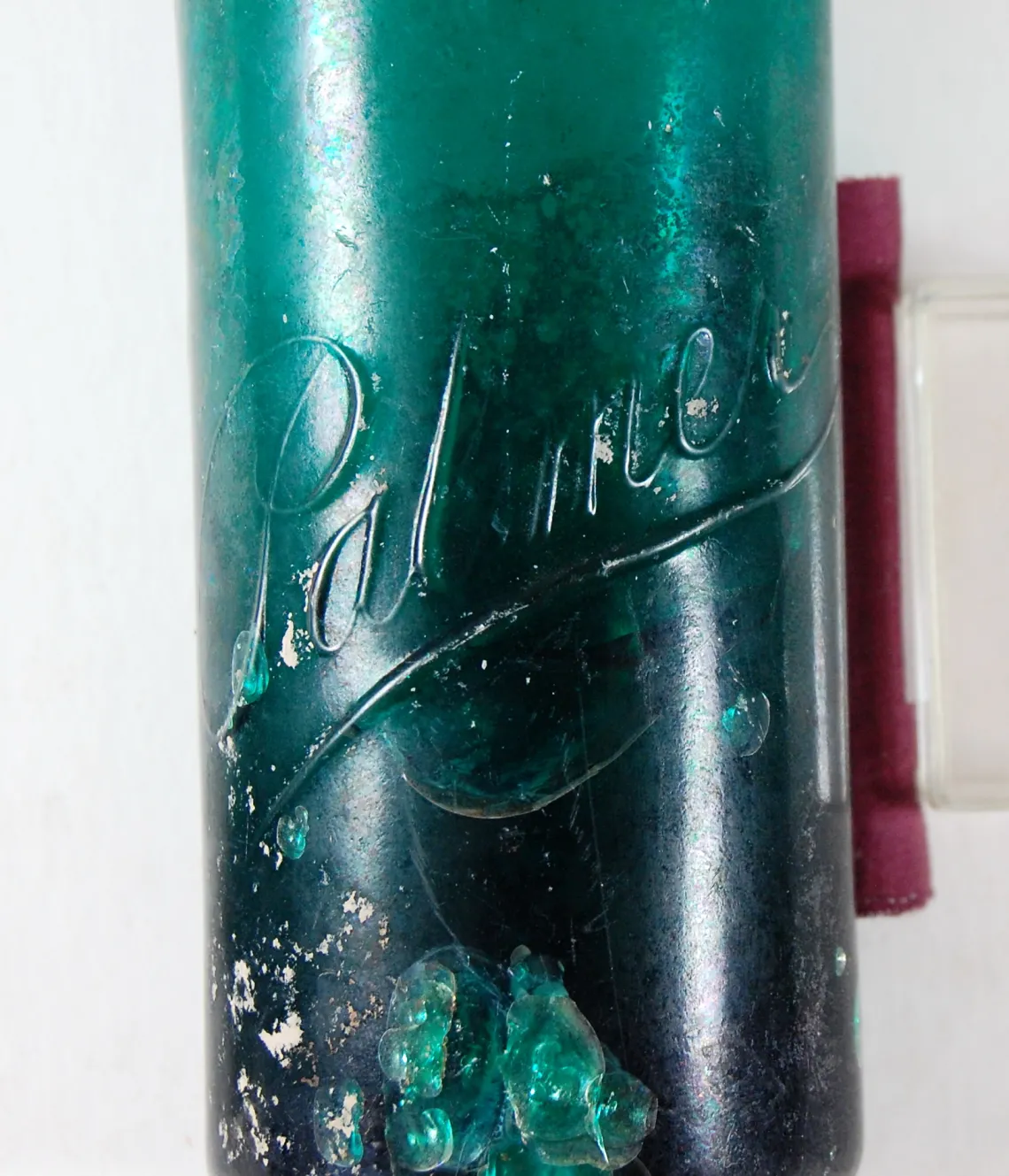
Figure 1: Green glass Palmer’s bottle (2006-17-39) with a cursive embossment on the body. From Tucson Historic Warehouse District, mid-1870s.
By Emily Adduci
ASM Archaeological Repository Student Intern
Spring 2021
While interning at the Arizona State Museum for the past year, I came across a plethora of different artifacts, ranging from the historic to the prehistoric. This past semester, I was given the opportunity to work more closely with a specific collection and I knew I wanted a challenge. After looking through many catalog collections located in the ASM Repository’s storage areas (supervised, of course), I found a hefty box filled with historic bottles and ceramics, in which the cataloging process had not been started and looked promising. Before this, I had never had much of an interest in antique bottles. What caught my attention was the embossment and makers’ marks depicted on the artifacts (e.g., Figures 1 and 2), which could be graphically simple or incredibly intricate. So, I took the plunge and dove headfirst into researching the embossments on these artifacts and the companies and brands that made them.
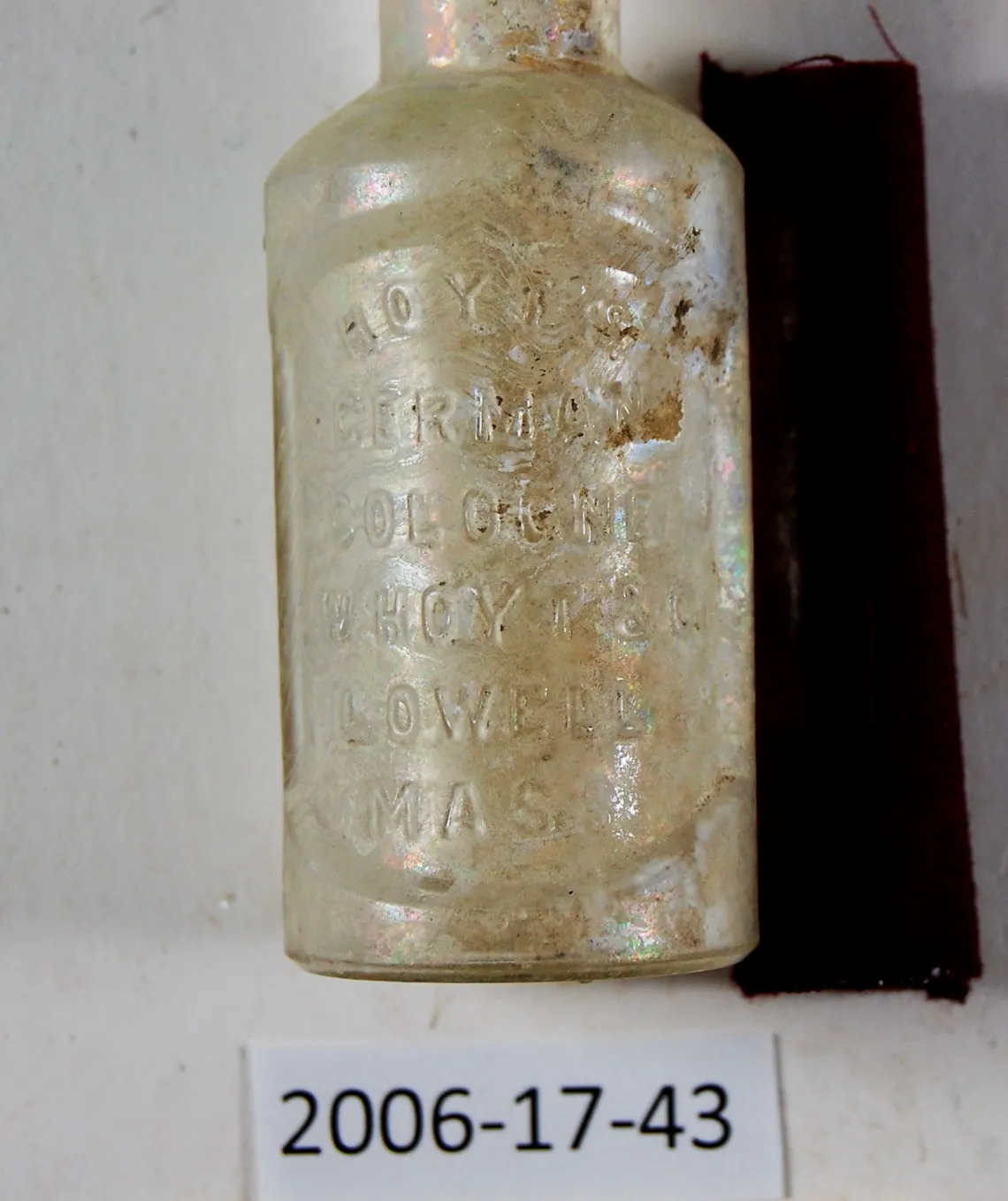
Figure 2: Clear glass Hoyt’s German Cologne bottle (2006-17-43) with an embossment in an indented niche on the body. From the Tucson Historic Warehouse District, mid-1870s.
For collectors and historical archaeologists alike, the embossment or maker’s mark on bottles and ceramics is one of the most important details of a piece. These artist’s signatures can tell us so much about the time-period and different techniques used in bottle designing and product advertisement over time. These pieces were excavated by a local Cultural Resources Management company in Tucson, Tierra Right of Way, at an archaeological site, AZ BB:13:781(ASM), located in the Tucson Historic Warehouse District, along the railroad (Hushour & Klucas 2010). Some of the best information that we are able to glean from these ceramics and bottles is how far they traveled.
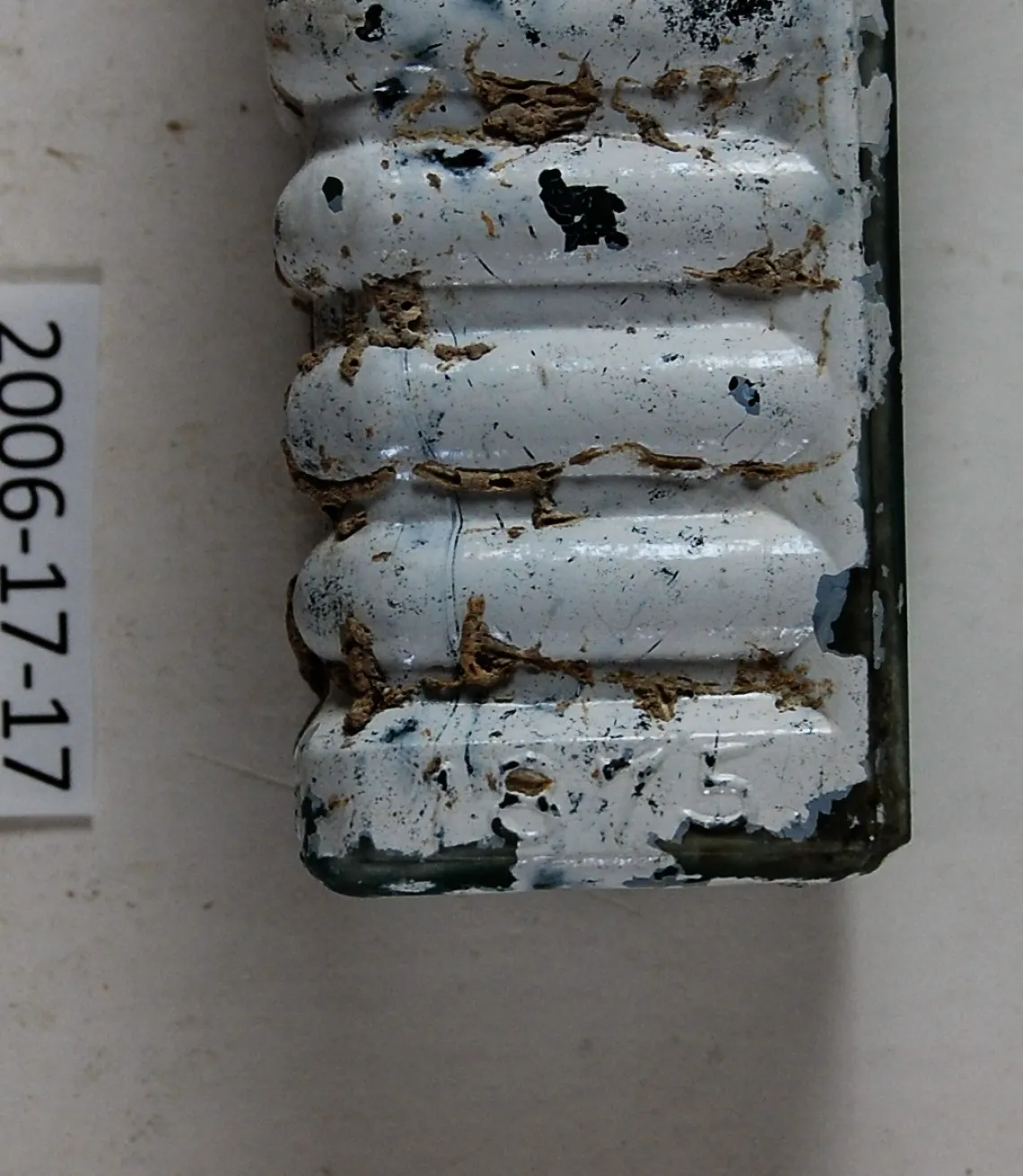
Figure 3: The year this bottle of peppersauce (2006-17-17) was bottled, 1875. From the Tucson Historic Warehouse District.
Embossing refers to the raised lettering, numbers, or symbols on the surface of a bottle, which are used for a number of reasons. The practice of bottle embossing is typically used as a means of appealing to customers, as the raised bottle surface entices customers to touch the object, which in turn entices them to buy it. Embossments also individualized a product and has been a standard practice for nearly 400 years. An embossment could inform consumers what was in a bottle, where it was coming from, and even the date it was bottled. A good example of this practice is shown in Figures 3 and 4, the pepper sauce bottle embossed with September 28, 1875, which is presumably a date of manufacture.
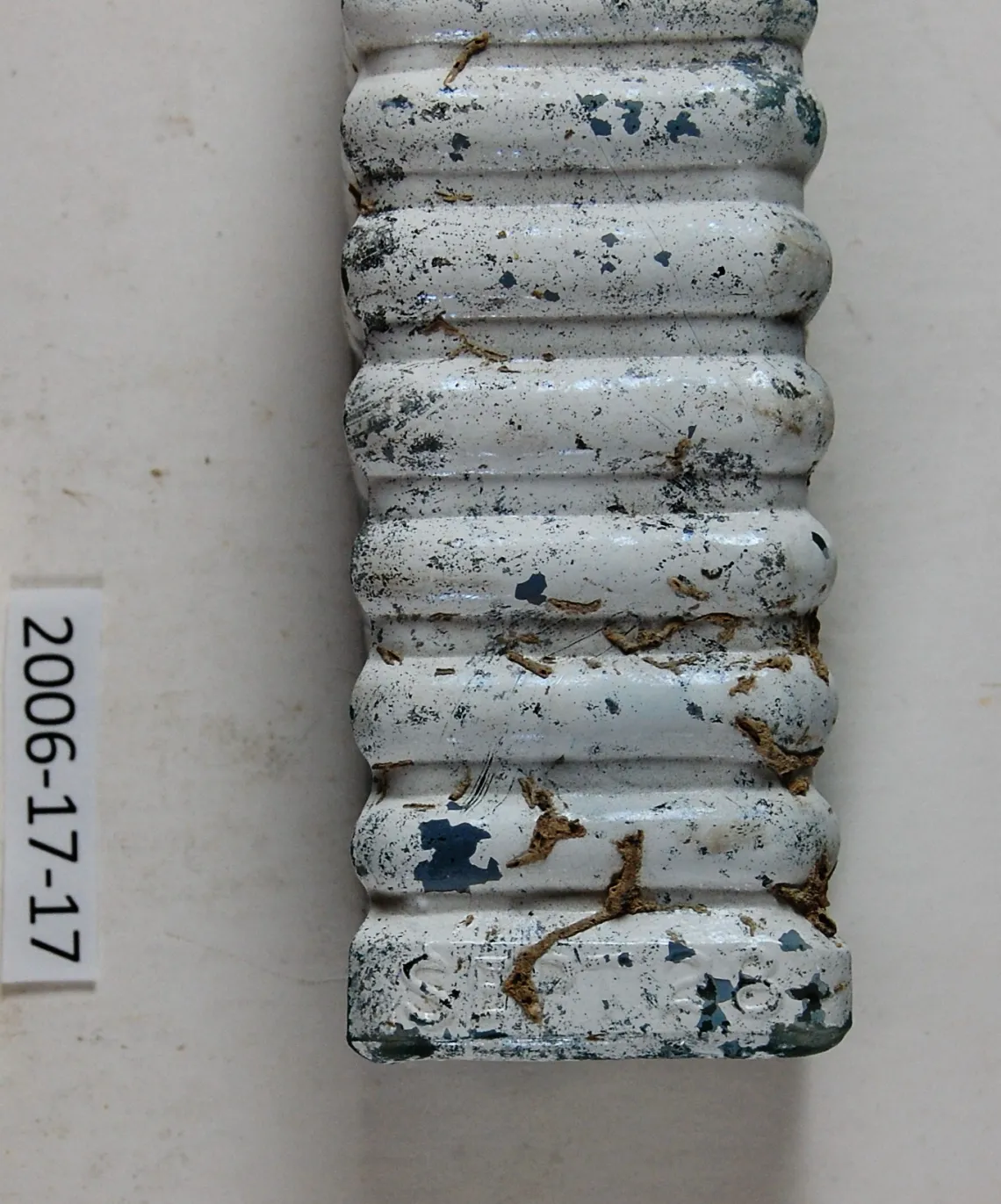
Figure 4: The lowest embossment of the bottle (2007-17-17) also includes the specific date, September 28th.From the Tucson Historic Warehouse District.
In order to emboss a bottle, mold engravers would cut the reversed letters (see Figure 5), numbers or symbols into the surface of a mold with either hand or power tools (hammer and chisel, grinders, etc.), so a brand’s embossment would be pressed into the surface (Lindsey 2020).
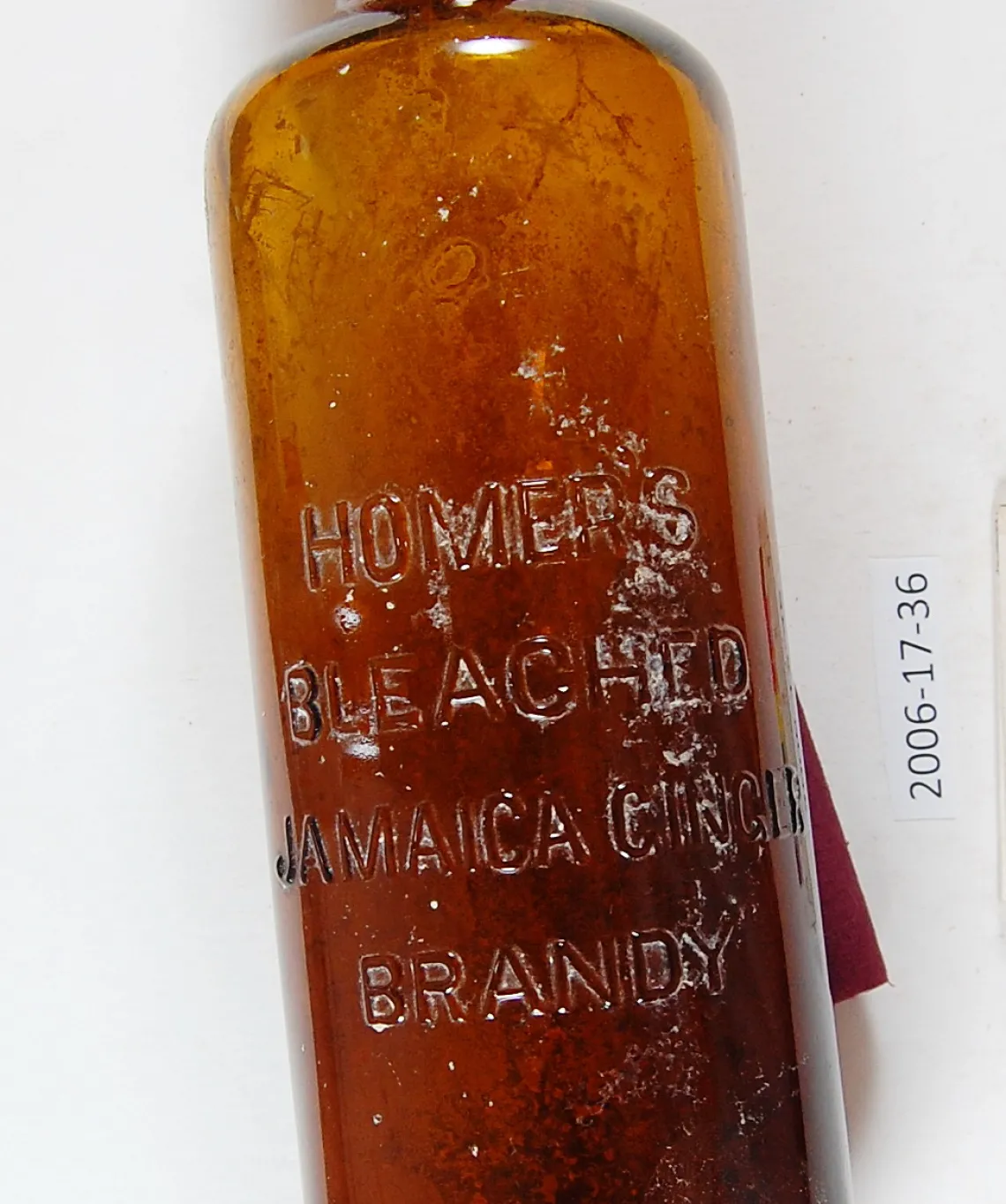
Fig 5: On this Homer’s Bleached Jamaican Ginger Brandy bottle (2006-17-36), its lengthy embossment would have been reversed in the surface of the bottle mold. From the Tucson Historic Warehouse District.
Likewise, ceramic makers’ marks (see Figures 6 and 7) have been commonplace as far back as Ancient Greece in order to identify the makers of ceramics or porcelain products. Victorian makers’ marks typically do not provide as much information as bottle embossments, other than the name of the company and its insignia. Even still, makers’ marks give archaeologists and historians a start in pinpointing their manufacturing date. The ink and design can sometimes date the exact year of a piece, or even the artist themselves. These marks were typically either stamped or decaled.
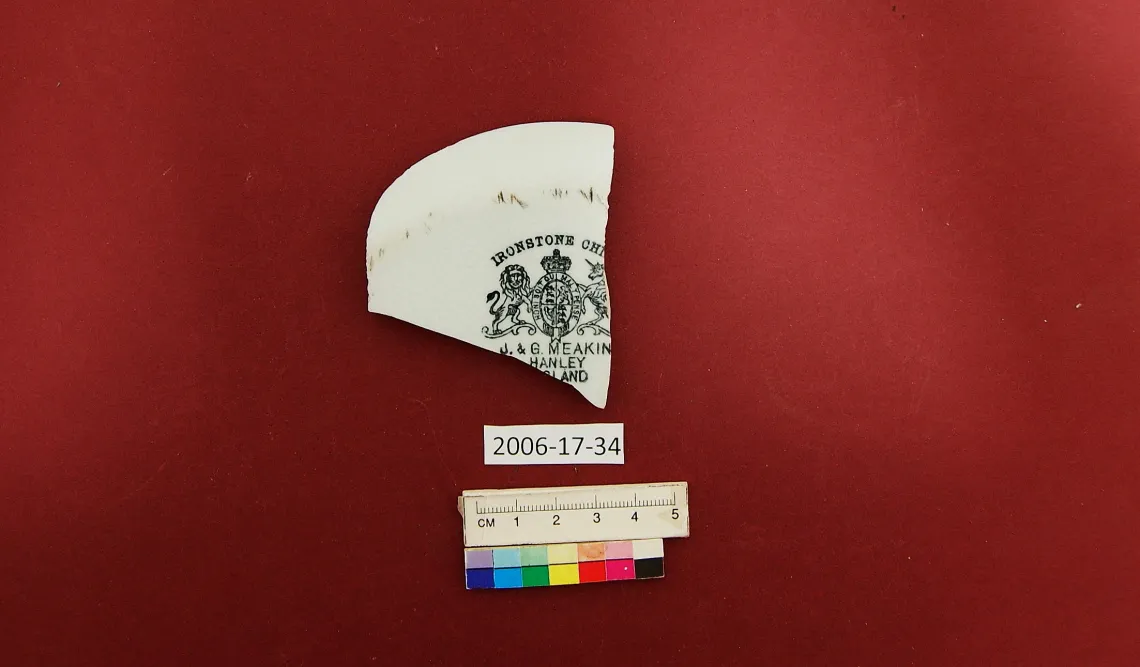
Figure 6: Makers’ marks were especially common on porcelain dining ware, as seen here (2006-17-34). The makers’ mark on this piece is very intricate and includes a lion and unicorn. The company, J & G. Meakin, was in Hanley, Staffordshire, England (Bills 2021). From the Tucson Historic Warehouse District.
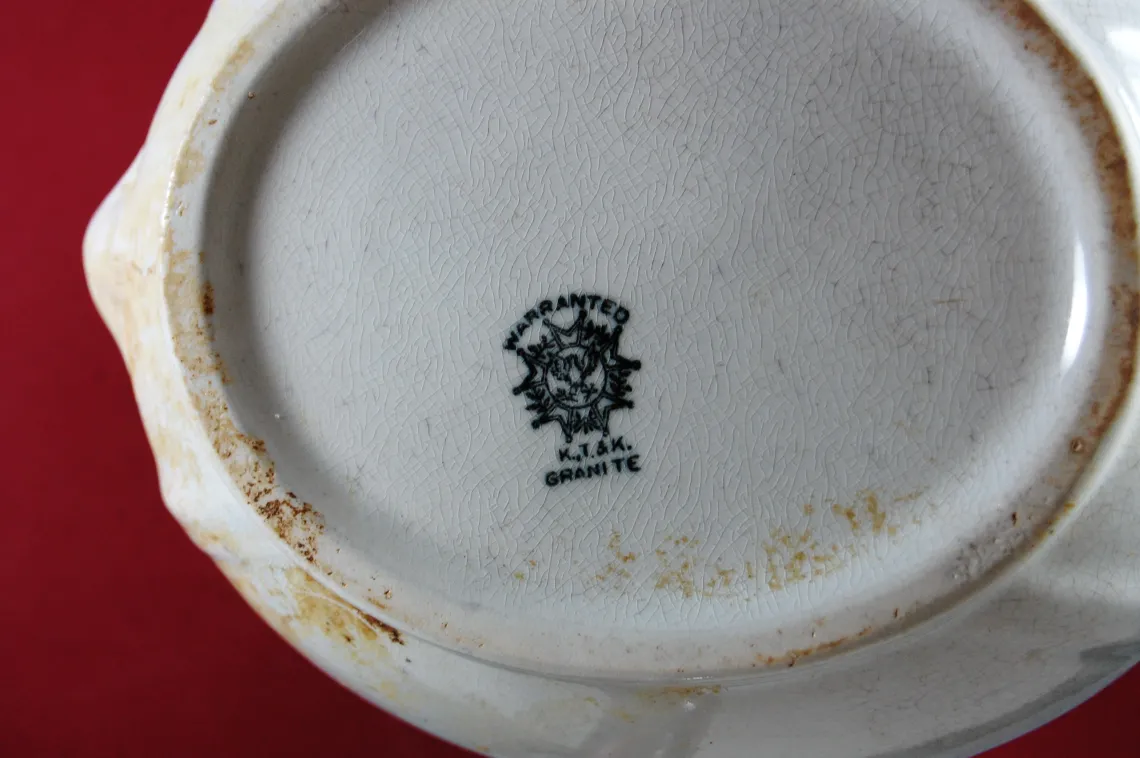
Figure 7: A complete whiteware pitcher (2006-17-27) with a Knowles, Taylor, and Knowles makers’ mark stamped on the base. The company, based in East Liverpool, Ohio, was in business from the 1840s to 1930s (Knowles 2009).
Historical archaeology might put our detective skills to the test, but bottle embossments and makers’ marks such as these ones here are an excellent lead. As a site that saw quite a bit of commerce during its heyday in the mid-1870s to early 1900s, the site included the classy San Xavier Hotel and the industrious Wieland Bottling Works (Hushour & Klucas 2010). The artifacts found at this site can tell us about the movement of products along the railroad, what products were popular during the time based on how frequently they appear in the archaeological record, and they can paint a picture of the everyday life and the products used by the people that frequented the Warehouse District.
My year spent at ASM’s repository was an incredible learning experience. In this past semester alone, I had the opportunity to work closely with a collection that I was very passionate about and found a newly sparked interest in historical archaeology. In addition to all of this, I learned valuable information about working in archaeological collections. I was able to create a digital inventory of these objects, label them, take their photographs, and create their catalog cards. I was confronted with an array of different challenges while working with this collection, but I was able to work through them with help from the repository staff and Dr. MacFarland. With everything I learned in this past year, I feel more prepared for a career in archaeological collections.
References Cited
Bills, Neil J.
2021 “J & G Meakin.” Famous Potters of Stoke-on-Trent. Electronic document. http://www.thepotteries.org/potters/meakin.htm, accessed 6 May 2021
Hushour, Jennifer & Klucas, Eugene (editors)
2010 The 6th and Toole Project: Archaeological and Historical Investigations in the Tucson Warehouse Historic District. Tierra Archaeological Research Series No. 3. Arizona State Museum Accession No. 2006-17.
Knowles, Taylor
2009 Laurel Hollow Park. Electronic document. http://www.laurelhollowpark.net/elo/ktk/ktk.html, accessed 6 May 2021
Lindsey, Bill
2020 Bottle Body Characteristics & Mold Seams: Embossing, Society for Historical Archaeology. Electronic document. https://sha.org/bottle/body.htm#Embossing, accessed 6 May 2021





